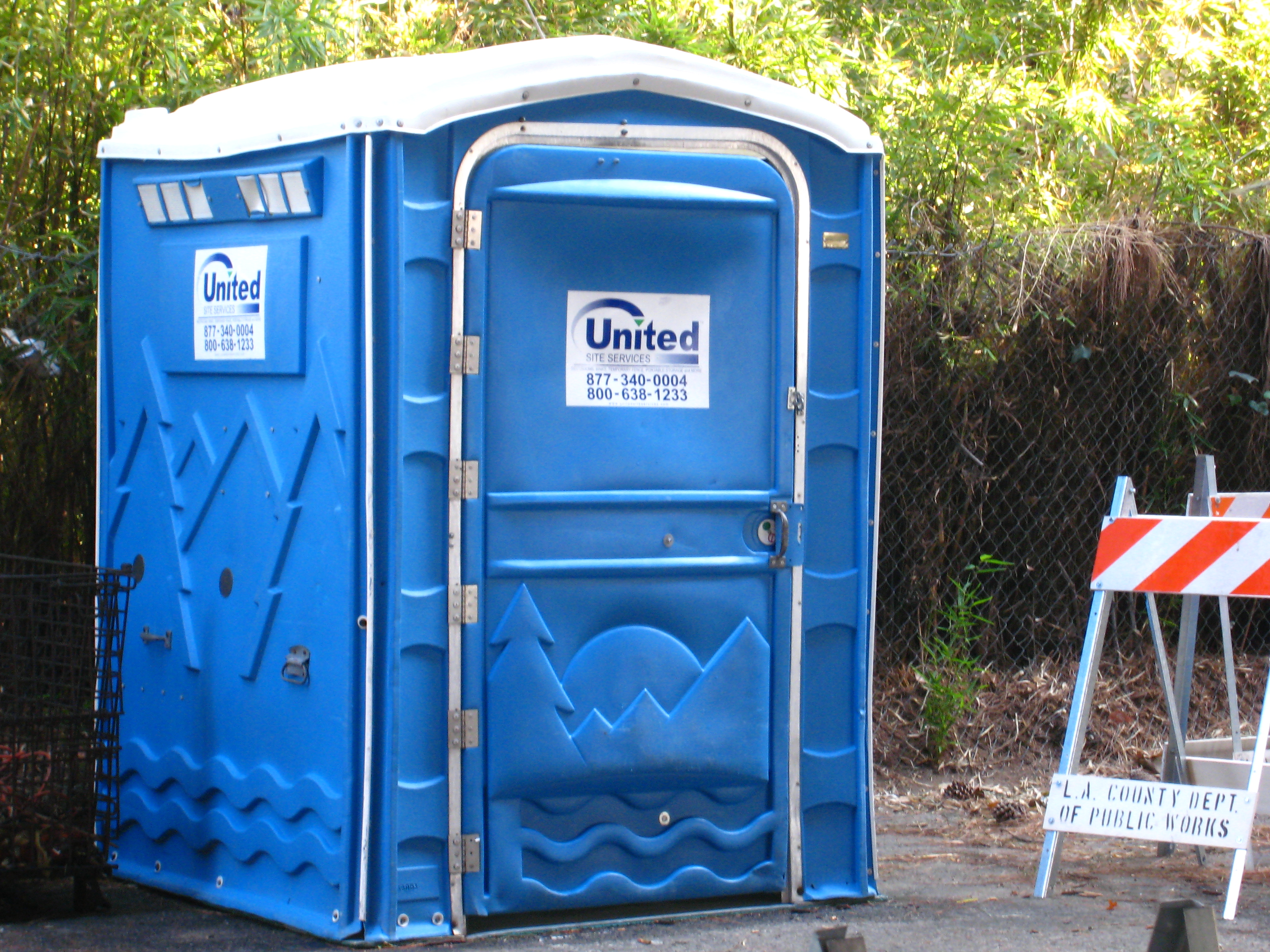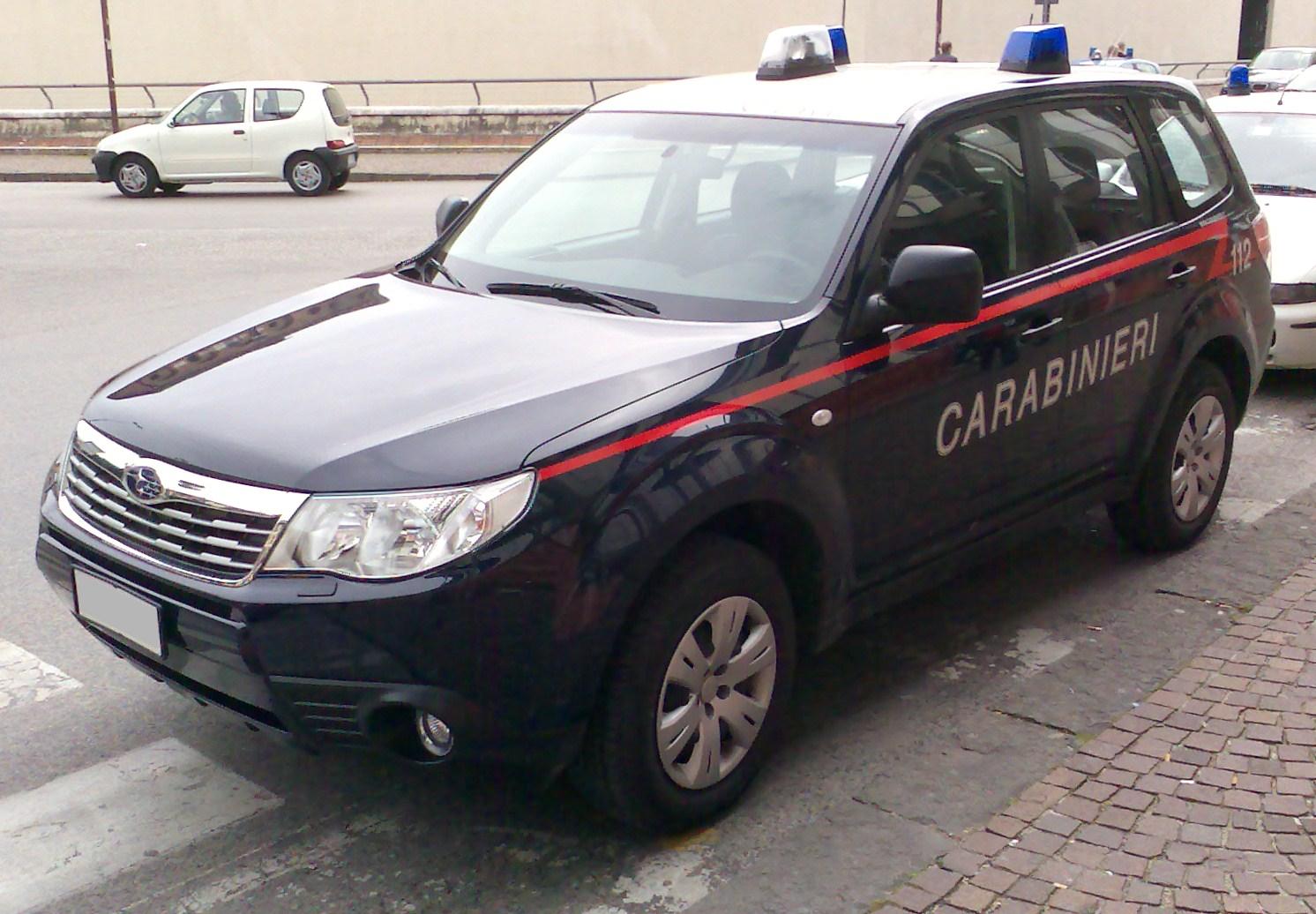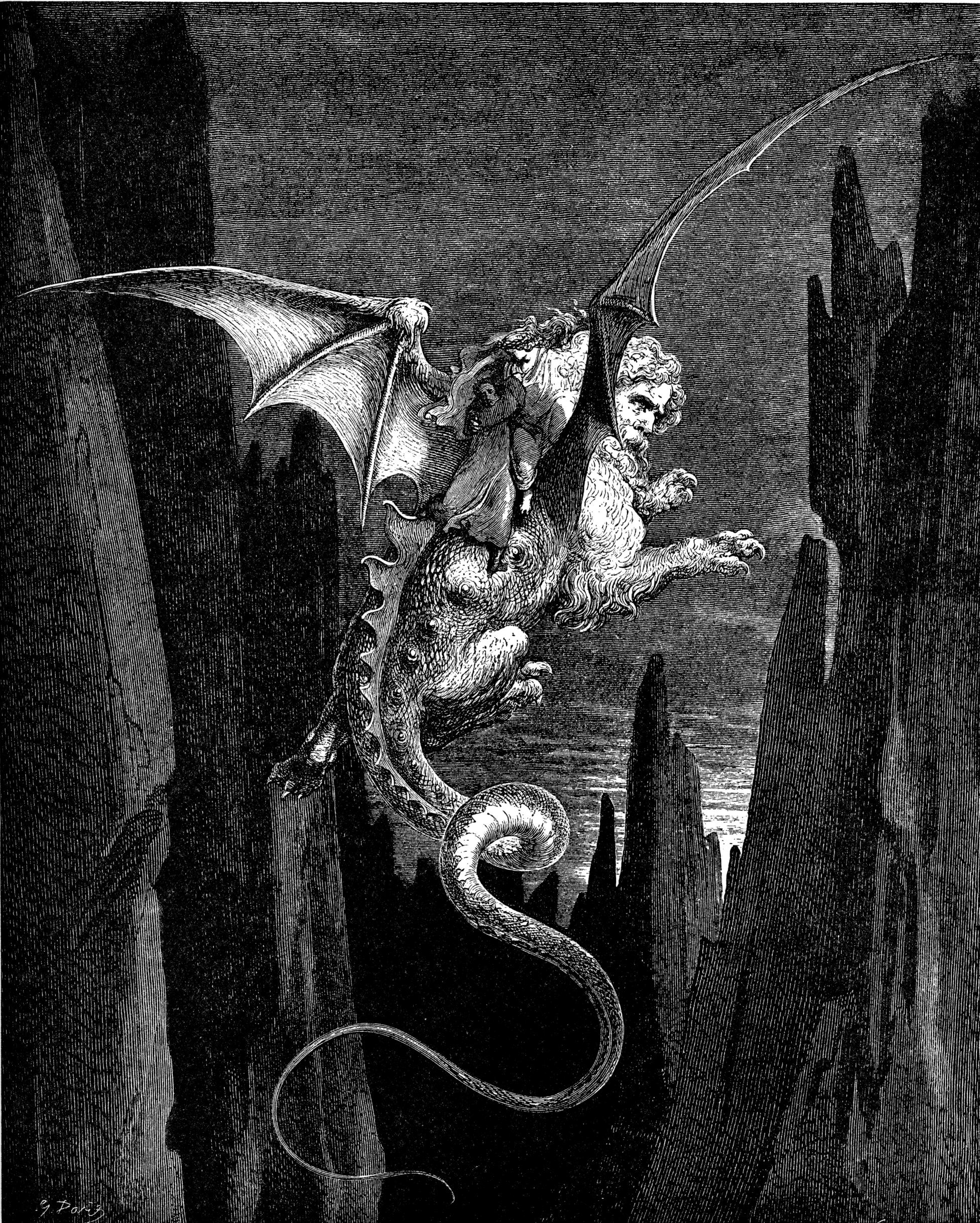 Pistoletto statue – “About-Turn” was sculpted by Michelangelo Pistoletto from 1981 to 1984, and now resides in the center of a rotary in Porta Romana. Pistoletto is best known for his mirror paintings, categorizing him as an Arte Povera artist.
Pistoletto statue – “About-Turn” was sculpted by Michelangelo Pistoletto from 1981 to 1984, and now resides in the center of a rotary in Porta Romana. Pistoletto is best known for his mirror paintings, categorizing him as an Arte Povera artist.
Fiera Dei Contratti – Dan Brown explains it in his book. Should I still define it?
Recumbent bike – Designed to reduce stress on the rider’s body by distributing weight to the butt and back, the user sits in a reclined position while riding this style of bike. It is possible for these bikes to reach higher speeds than standard bicycles, due to the improved aerodynamics of the reclined position.
 Cement Truck – An industrial sized truck carrying a large drum which contains wet concrete. As the truck is driven to the worksite, the drum is rotated slowly, in order to keep the cement from drying. When the concrete needs to be laid down, the drum is spun in the opposite direction, and a blade attached inside of the drum pushes the cement down a conveyor belt or hose.
Cement Truck – An industrial sized truck carrying a large drum which contains wet concrete. As the truck is driven to the worksite, the drum is rotated slowly, in order to keep the cement from drying. When the concrete needs to be laid down, the drum is spun in the opposite direction, and a blade attached inside of the drum pushes the cement down a conveyor belt or hose.
 Porta-Potty – “Portable toilets” are often found in high-traffic areas where traditional bathrooms are not easily accessible. Commonly made out of plastic, these toilets have a tank underneath the toilet seat which contains odor eliminating chemicals. The companies that rent out these toilets clean them on a regular basis as part of the rental contract.
Porta-Potty – “Portable toilets” are often found in high-traffic areas where traditional bathrooms are not easily accessible. Commonly made out of plastic, these toilets have a tank underneath the toilet seat which contains odor eliminating chemicals. The companies that rent out these toilets clean them on a regular basis as part of the rental contract.
 Subaru Forester – A five-door hatchback wagon, this car is considered to be in the crossover category. Manufactured in Japan with all-wheel-drive and a front engine, the forester is one of the cars of choice for the “CARABINIERI” in Dan Brown’s Inferno.
Subaru Forester – A five-door hatchback wagon, this car is considered to be in the crossover category. Manufactured in Japan with all-wheel-drive and a front engine, the forester is one of the cars of choice for the “CARABINIERI” in Dan Brown’s Inferno.
GPS – “Global Positioning System” is an electronic device that can provide the exact location of the system when in the view of at least four satellites. These devices are commonly found in car navigation systems, and are usually very accurate.
Florence Art Institute – “L’Istituto Statale D’Arte” is an art school located in Porta Romana next to the Boboli Gardens. Founded in 1869, the Institute was originally situated in Santa Croce, and moved to its present day location in 1923.
 Geryon – As portrayed in Dante’s Inferno, has “the face of a just man, […] and of a serpent all the trunk beside. Two paws it had, hairy unto the armpits; the back and breast, and both the sides it had depicted o’er with nooses and with shields. […] His tail was wholly quizering in the void, contorting upwards the envenomed fork, that in the guise of scorpion armed its point” (Canto XVII).
Geryon – As portrayed in Dante’s Inferno, has “the face of a just man, […] and of a serpent all the trunk beside. Two paws it had, hairy unto the armpits; the back and breast, and both the sides it had depicted o’er with nooses and with shields. […] His tail was wholly quizering in the void, contorting upwards the envenomed fork, that in the guise of scorpion armed its point” (Canto XVII).
Page created by Geoffrey Ziobro